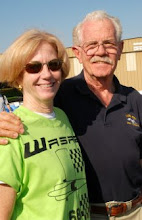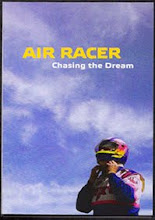 |
| Elliot and Bob in the BD-4 |
Bob Hoey is a retired Airforce flight test engineer. He has worked on so many awesome projects. Bob did extensive work on the X-15 (Hoey X-15 Article), was a consultant for Scaled on Spaceshipone, and has done extensive work studying and modeling the flight of birds (RC Bird Video). In the mid seventies Bob built a BD-4 for family trips to Oregon. Jenn has been vocal about a sweet spot for this airplane for a long time, so a month ago Bob asked us if we would be interested in buying the airplane. As a true slacker I was not able to buy Jenn the airplane, but I did get to fly it with Bob in late September. What a privilege
With two crew and ¾
tanks the airplane climbed at 1000 FPM and cruised (WOT) at 140 KTAS…so Grumman Tiger performance, it is prop limited in cruise so an engineer might enjoy fiddling
with this aspect of the airplane. It is docile with nice forces in all
three axes. Strong dihedral effect means that even though it has no
lateral or directional trim you can boot it around with the rudder in
cruise.
This aircraft type was not initially designed as a taildragger and
the tailwheel occupies the space that was an add-on ventral fin, as a result there is
some hesitancy to spin the BD-4 tail draggers. I stalled the airplane
(60 MIAS clean 55 MIAS Full Flaps) and found the airplane lively directionally at
these high alphas with a powerful rudder, therefore I would be confident
getting uncoordinated and slow.
As a taildragger the airplane was honest but lively.
The short gear and good lateral visibility meant that the pilot could basically
watch the wheel touch down (a rare privilege in taildraggers) and could see
over the nose in three point. The airplane has a steerable Scott
Tailwheel, the springs for which were set up very well. We used 100 MIAS
for base to final turn with 85 MIAS over the numbers. Raised the tail at
45MIAS, rotate at 70 MIAS.




























